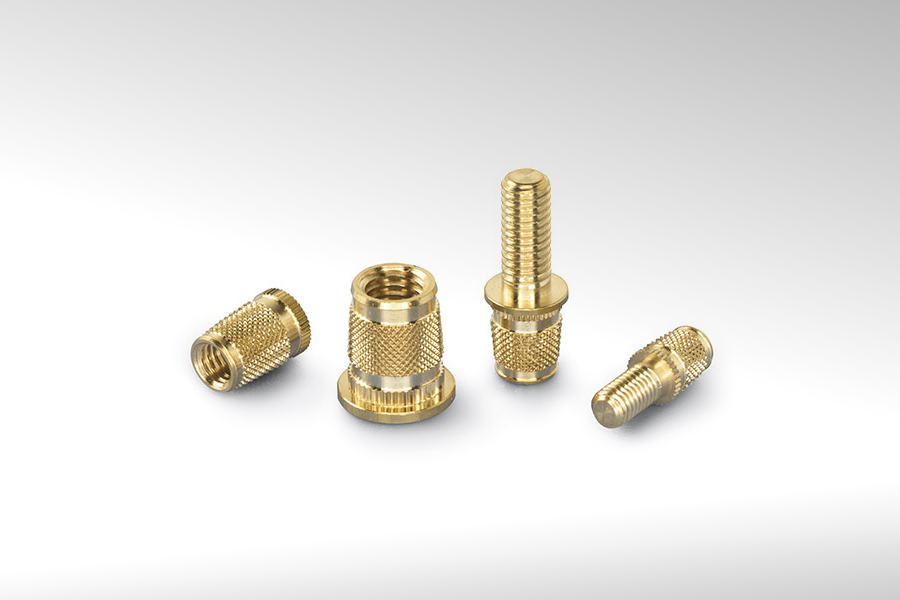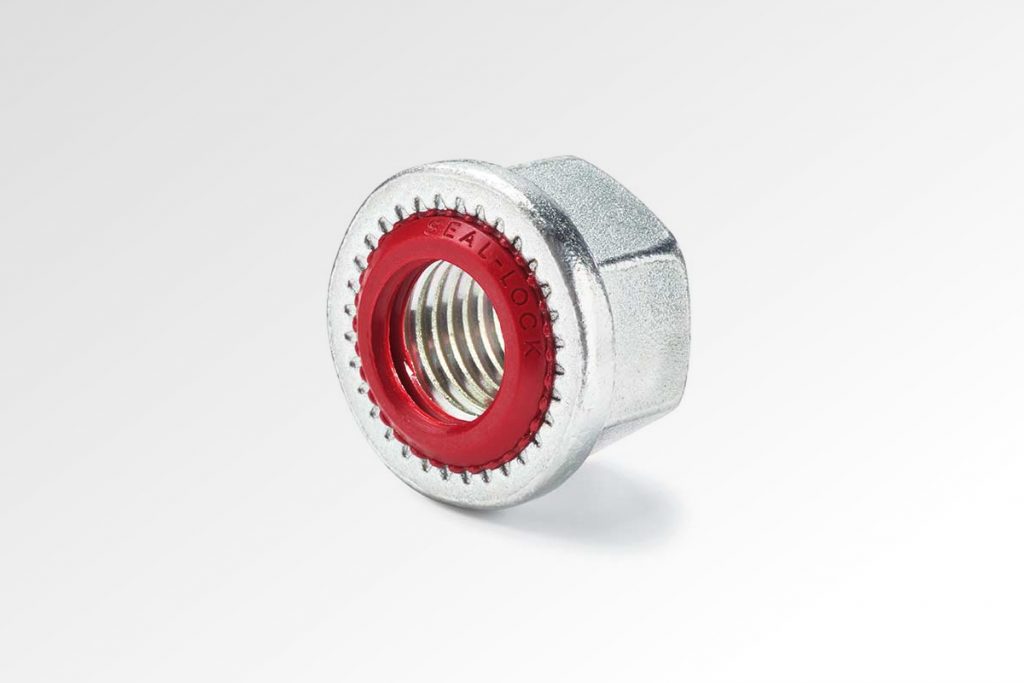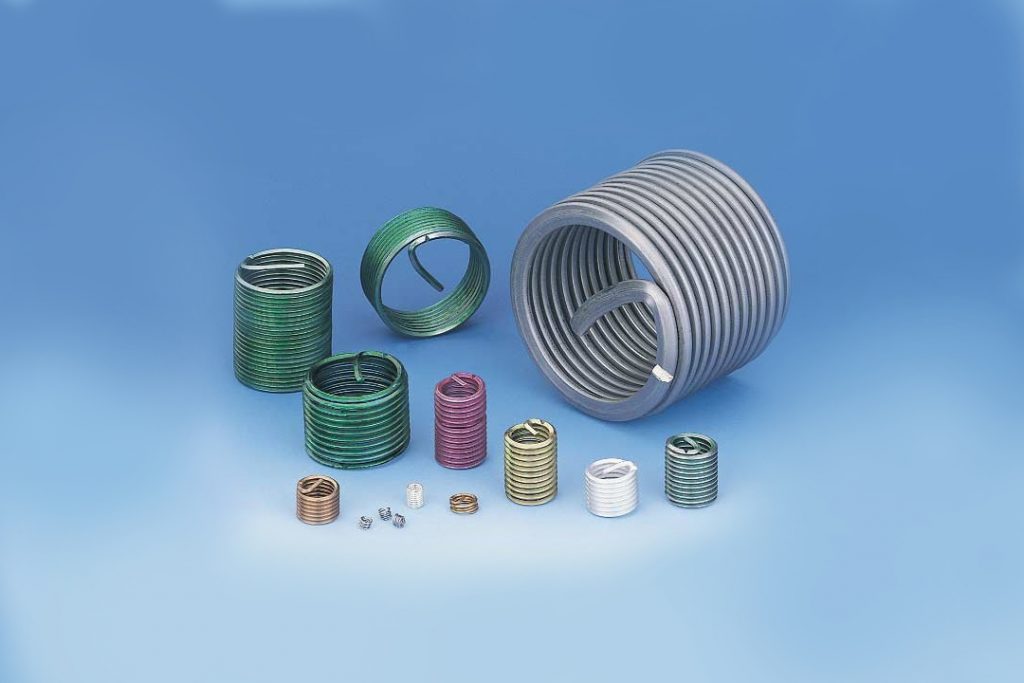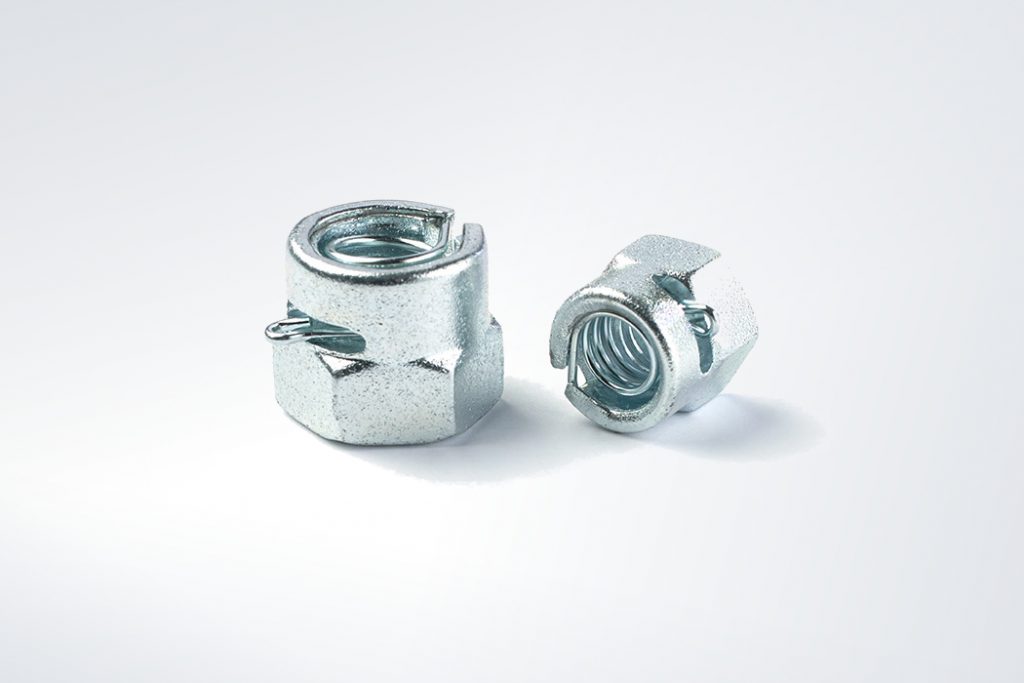- Threaded plastic fasteners solutions for plastic assemblies
- Self-forming – self-tapping – adjustable – reverse-locked
General benefits:- No corrosion
- Chemical resistance
- Electromagnetic compatibility
- Reduced weight due to full-plastic solution
- Recyclability – no expensive separating of components
- Low thermal conductivity / isolator
- Free choice of colours
ask about this product
Make an inquiryDownloads
|
TEPRO - KinK
EN Version |
443.79 KB | pdf
|
Catalogue
|
|
|
TEPRO
EN Version |
1.50 MB | pdf
|
Catalogue
|
|
Product descriptions
- Product characteristics
- Installation procedures
- Product types
The material combinations of component and screw / thread insert decisively influence the choice of fastener.
While rather metal elements are used for non-positive metal component screwings, they are often oversized for fastening plastic components and also less suitable due to their material incompatibility. Under dynamic, swinging or thermic load, over the middle and long term, direct screw-fittings with metal screws result in problems regarding tight fit or even in a failure of the screwed connection.
Our solution is the development of the Plastic in Plastic (in the German abbreviation: K’ in K’) screwing principle. Apart from variants of K’ in K’ screws and thread inserts, often solutions have to be realised in thinner sheets and plastic plates. For these applications, K’ in K’ systems have been developed in which the screw or thread insert is joined with a clip or rivet.
The K’ in K’ feature implies a special thread geometry, which is easy to identify by two offset half threads. The K’ in K’ thread forms itself into the cylindrical insertion bore.
The thread design is distinctive for the patented function, which makes screwing in plastic possible.
During screwing off the torque is significantly higher and the connections is hence reliable against loss.
Mode of action and functional principle of thread profiles
For K’ in K’ plastic screwings, thread geometry is of decisive importance since K’ in K’ threads have to self-form or self-tap a “holding thread” into the pre-fabricated cylindrical or conical drill hole.
Depending on the thread forming, threads are subdivided into coarse threads, and round and high threads.
Coarse thread
For hard, solid base materials requiring a rather tapping screw-in process
Round and high thread
For base materials of high elongation and impact strength for which thread forming is rather carried out during deformation
The Screw
Special benefits
- Screwing with high reverse lock
- Tolerance-compensating due to adjustability
Head designs
- Flat head screw with cross recess
- Cheese head screw with cross recess
The thread insert for thermal installation
Special benefits
- Stress-free installation
- High pull-out resistance
- Short welding times (approx. 3 sec.)
- Very low noise emission upon welding
The thread insert for mechanical insertion
Special benefits
- Screwing with high reverse lock
- Tolerance-compensating due to adjustability
The K’ in K’ system screw-in blind rivet
Special benefits
- Assembly from one side
The screw-in blind rivet has been especially developed for round mounting holes. It is captively pressed into the drill hole in component A. After that, component B is positioned and the self-forming K’ in K’ screw is screwed into the screw-in clip.
The K’ in K’ system body-bound rivet
Special benefits
- Assembly from one side
The body-bound rivet is captively pressed into the drill hole in component A. After that, component B is positioned and the self-forming K’ in K’ screw is screwed into the body-bound rivet. Upon screwing in the K’ in K’ screw, the square of the body-bound rivet is expanded and forms an interlock in the component.












